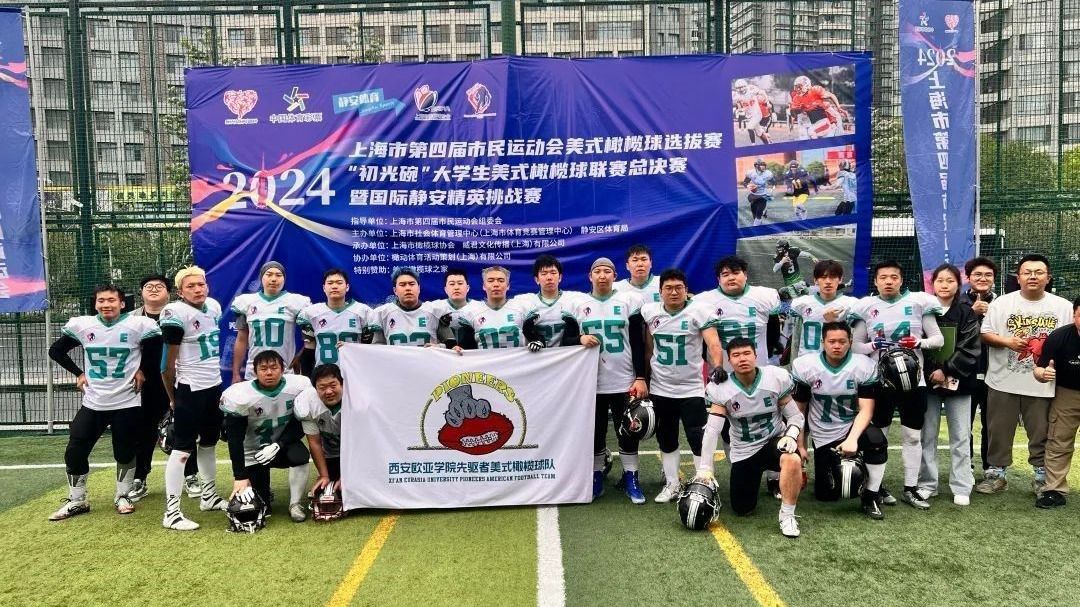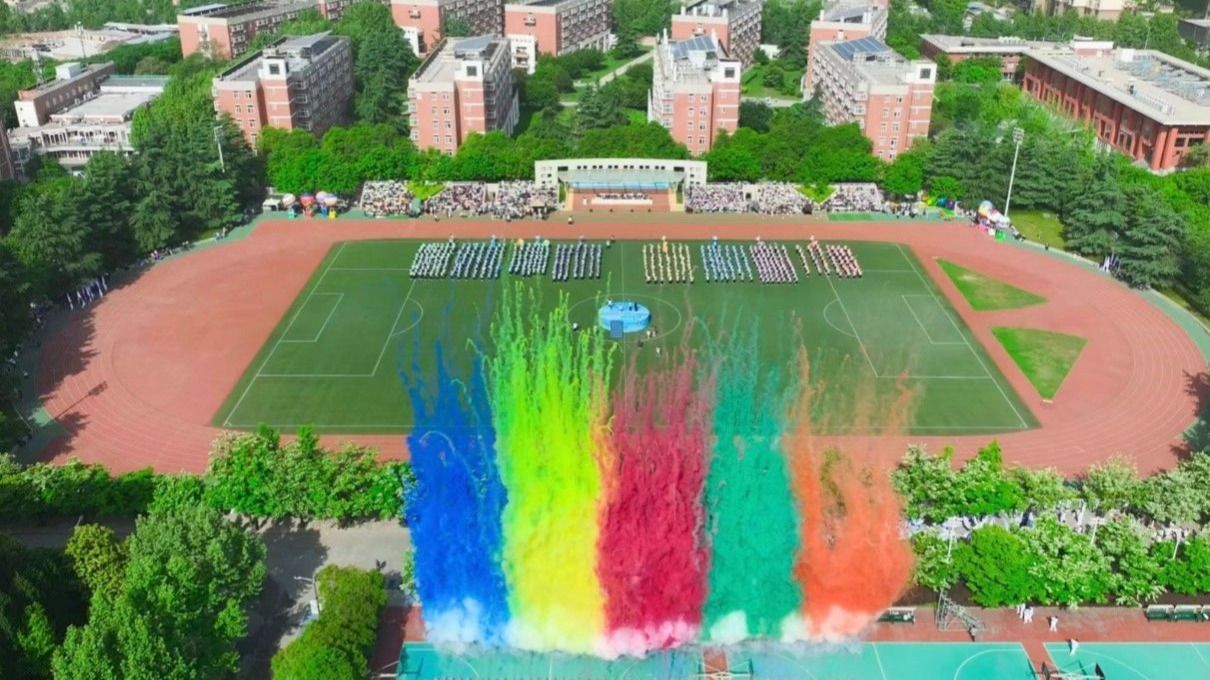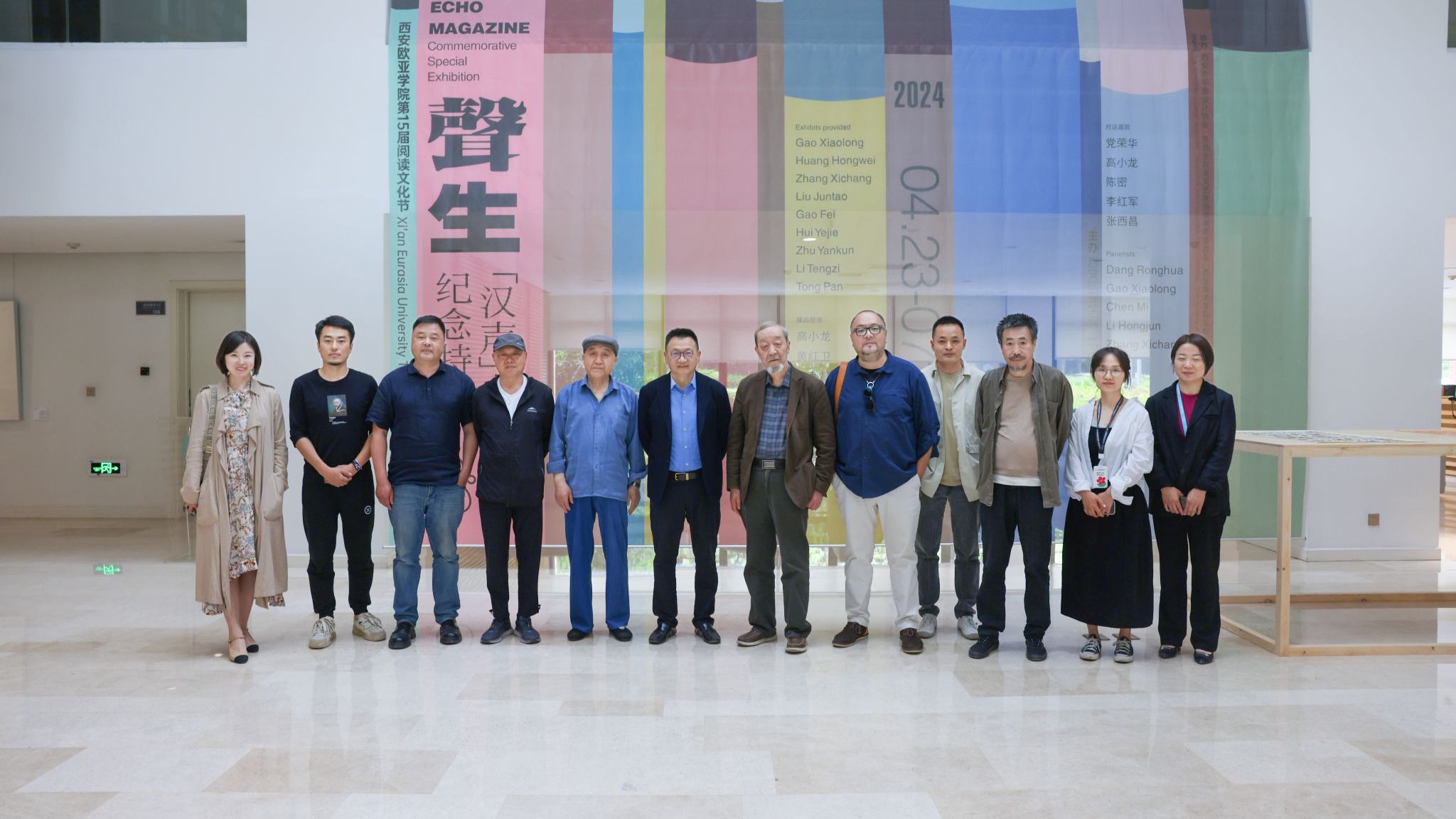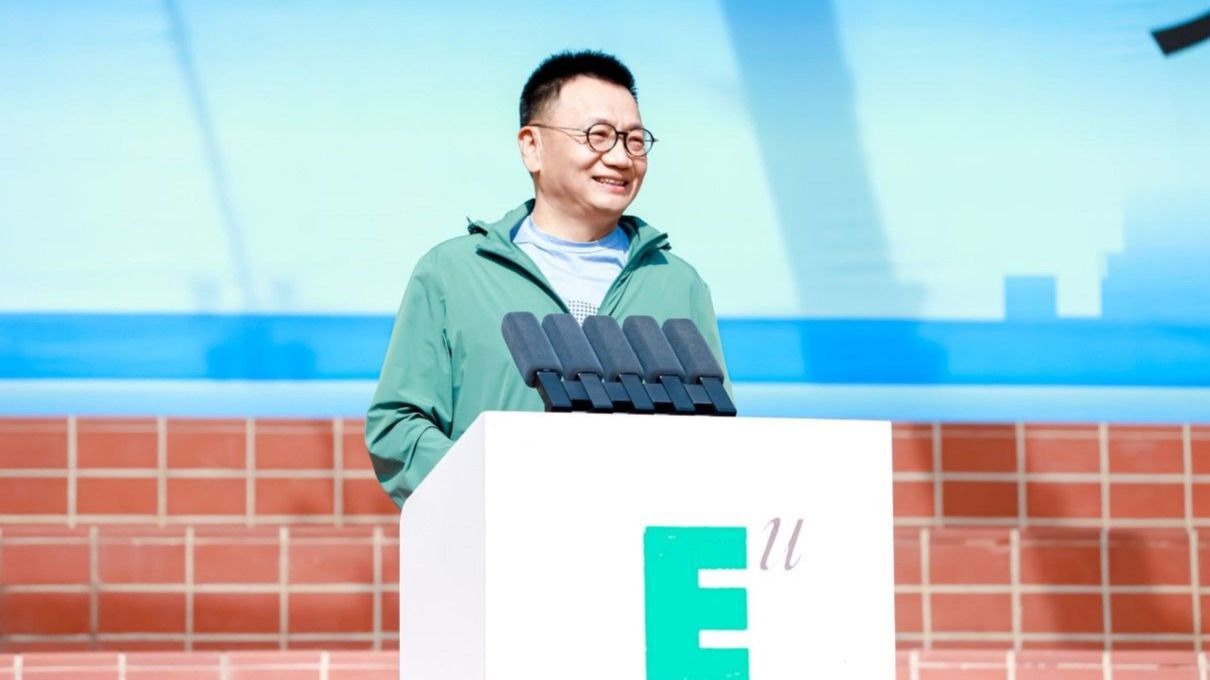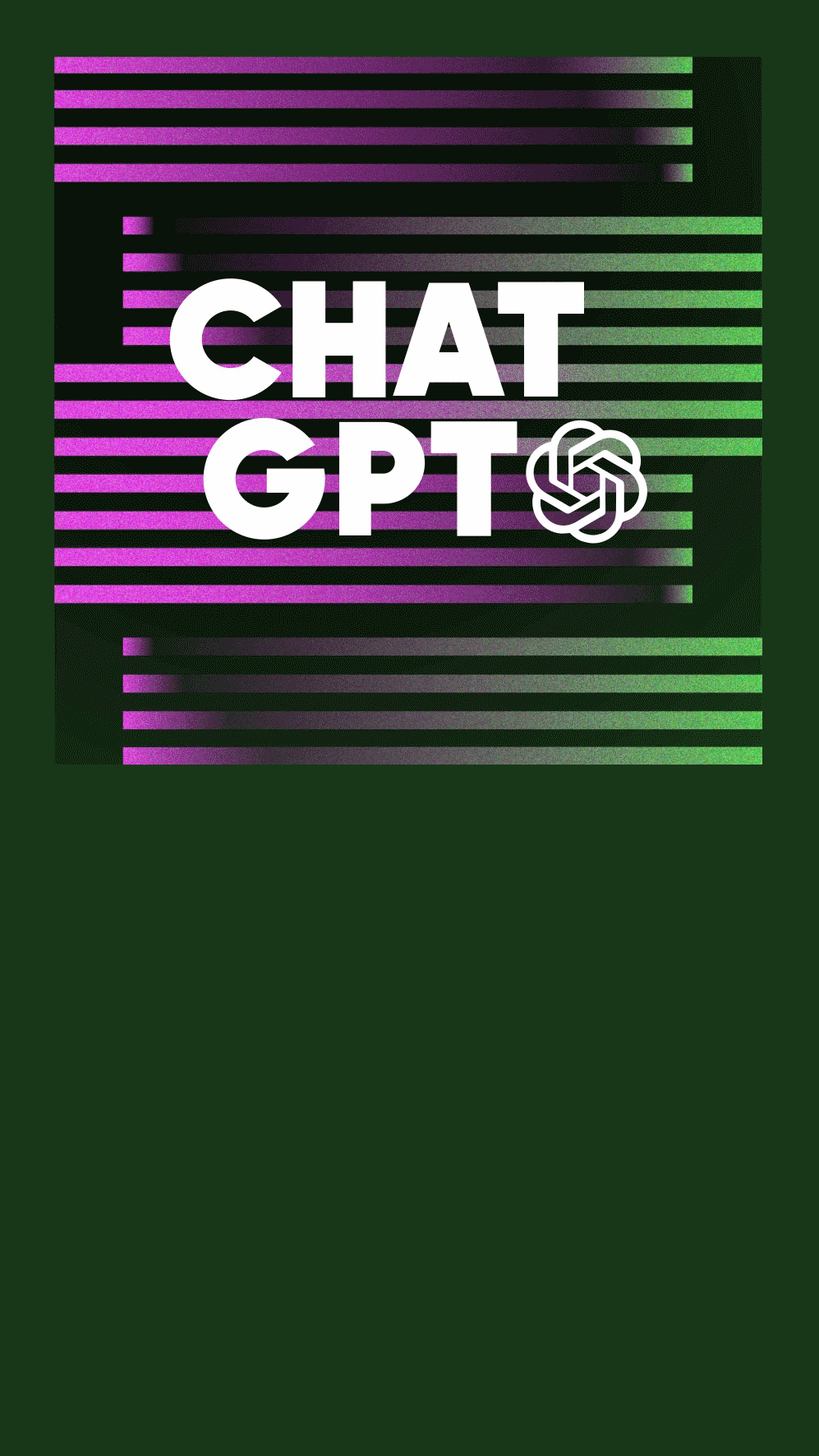
This exquisite and warm statement is from "ChatGPT (Chat Generative Pre-training Transformer), which is trending on the internet. The new intelligent chatbot has impressed countless netizens with its powerful logical thinking, language organization, text-writing ability, and "omnipotent" setting. Today, we will talk about this groundbreaking AI, and explore the surprises it brings and the challenges we may face between information exchange and textual representation.
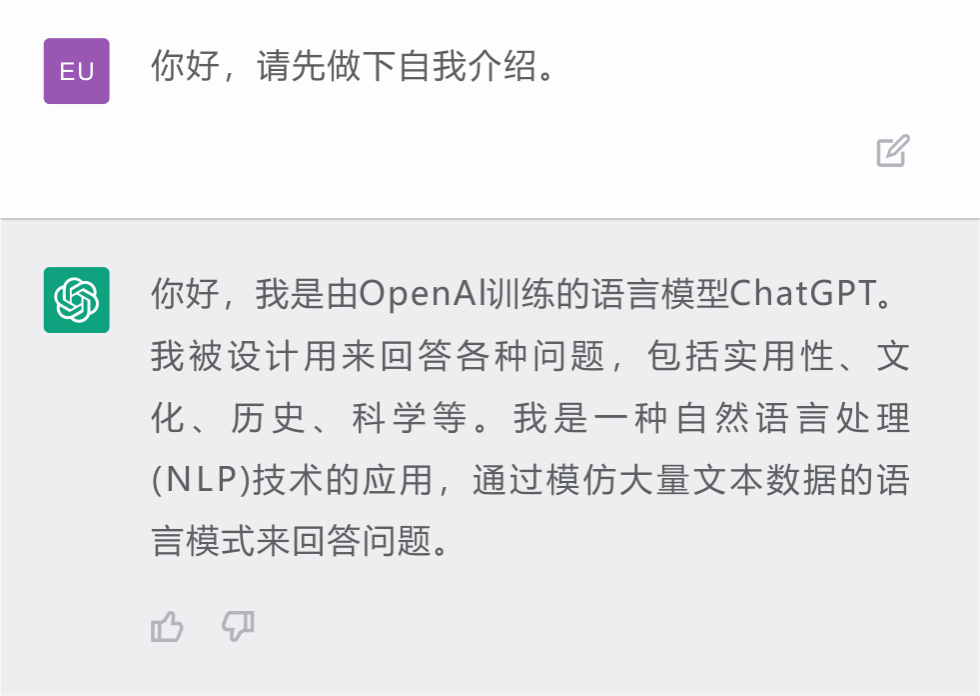
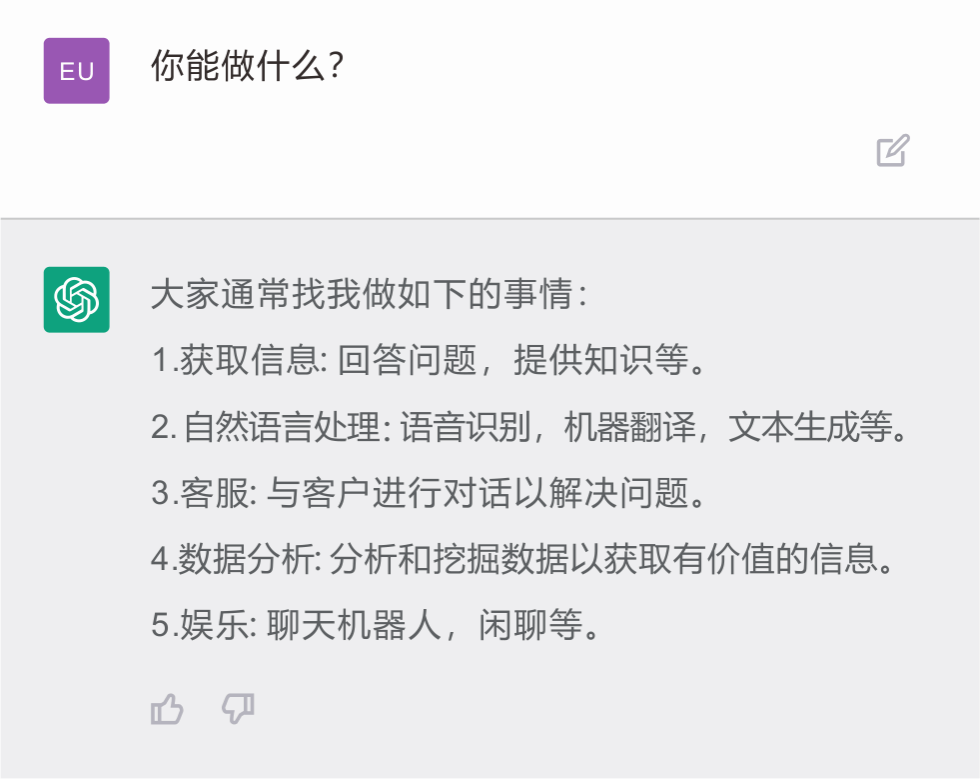
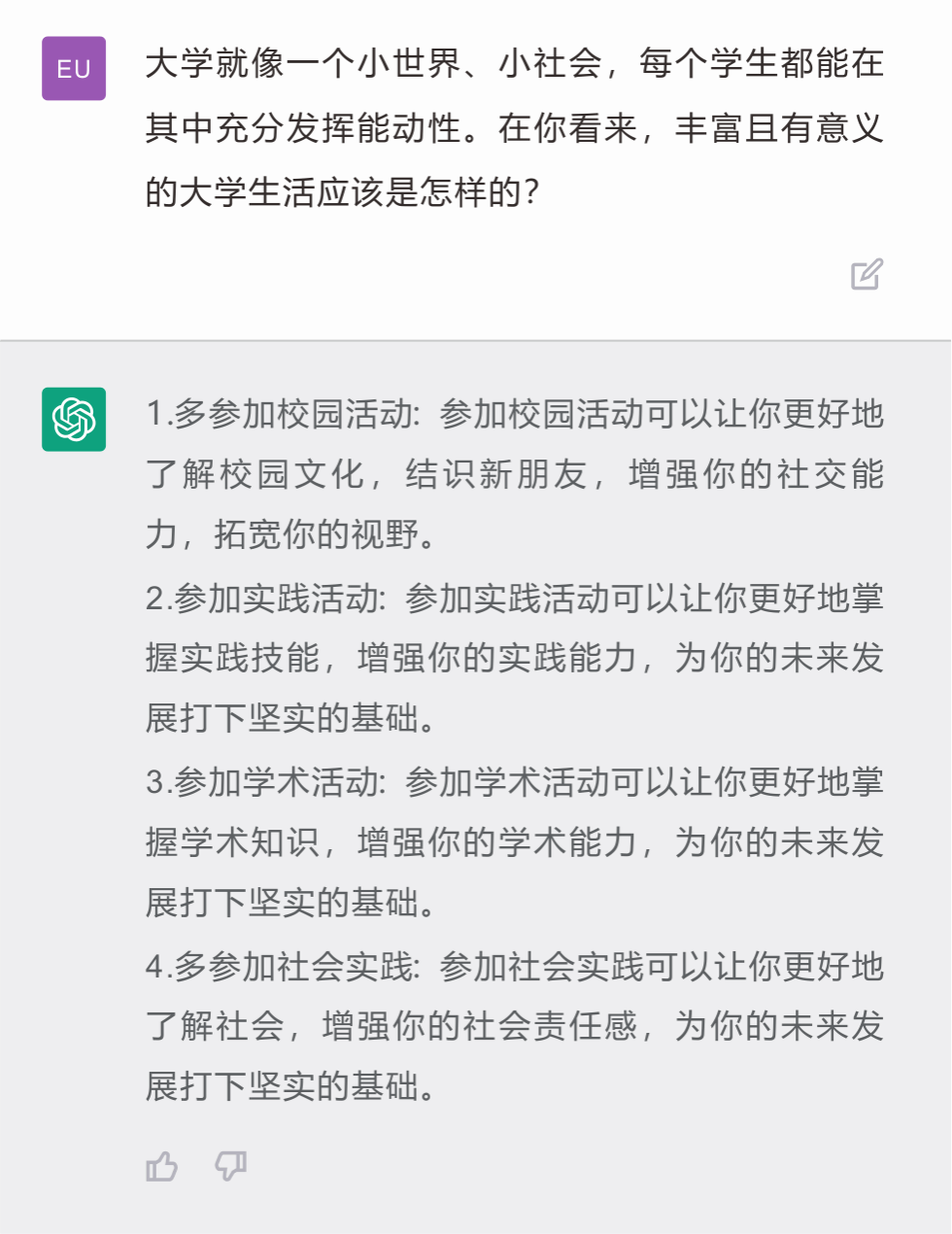

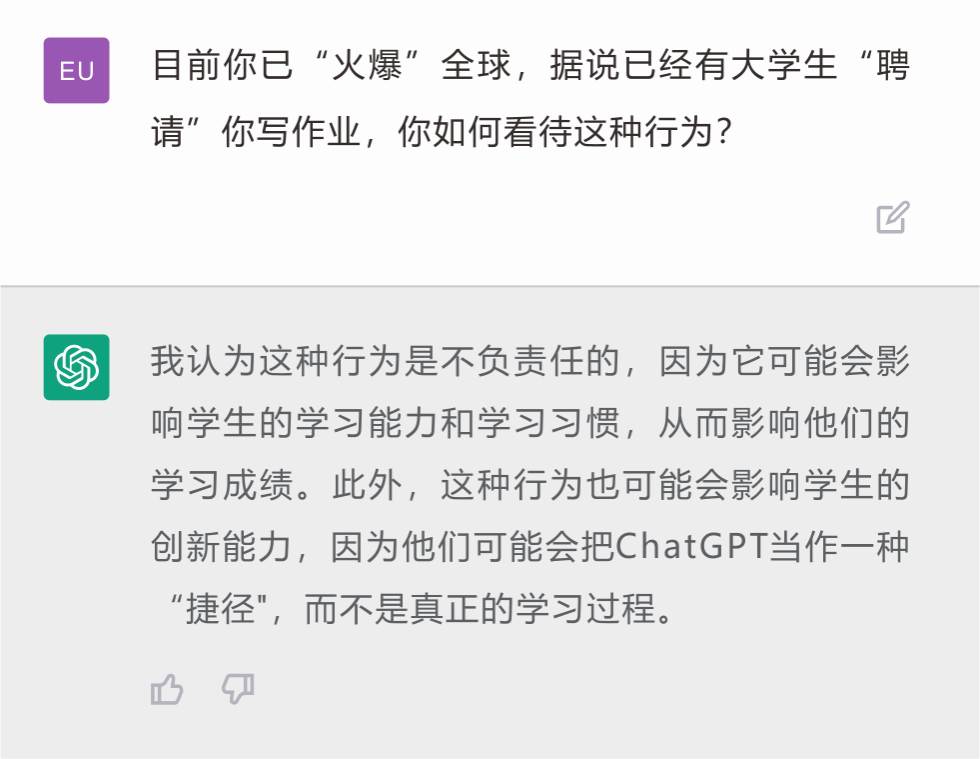
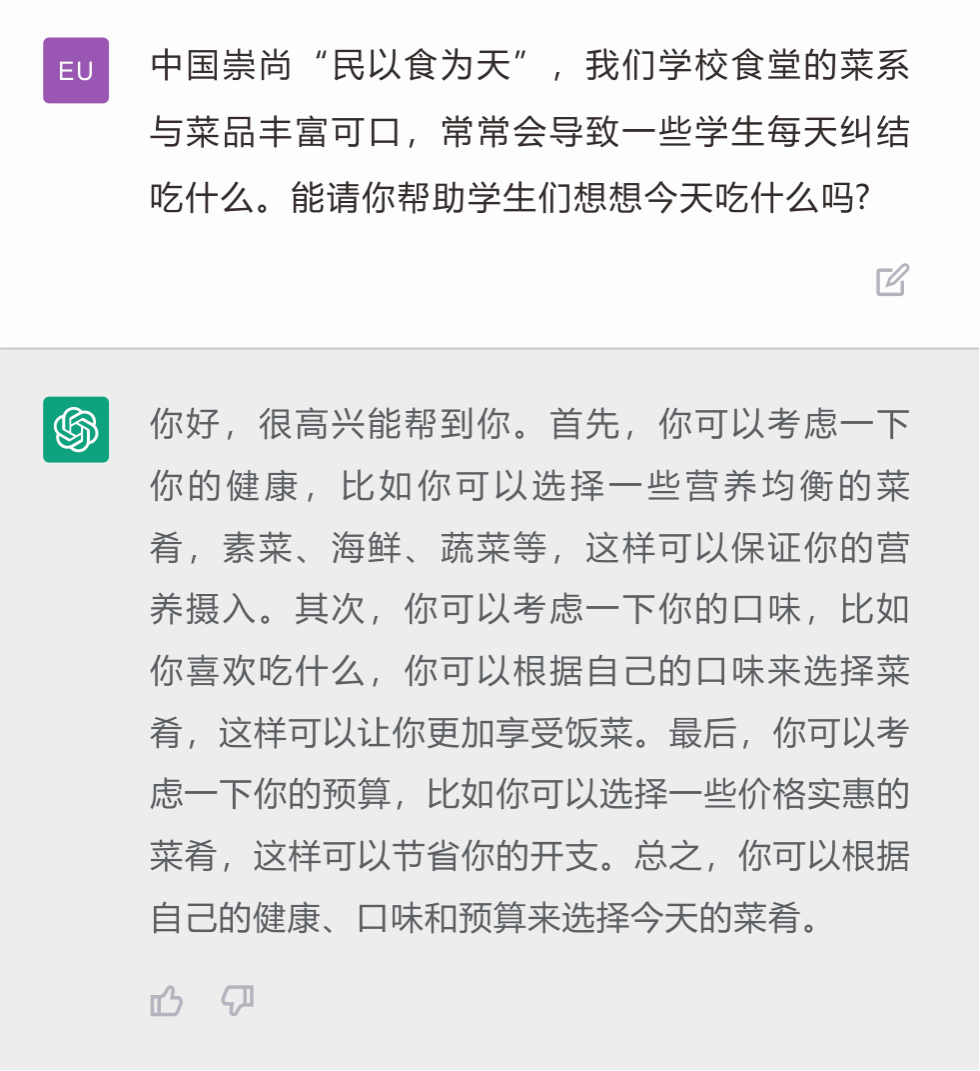
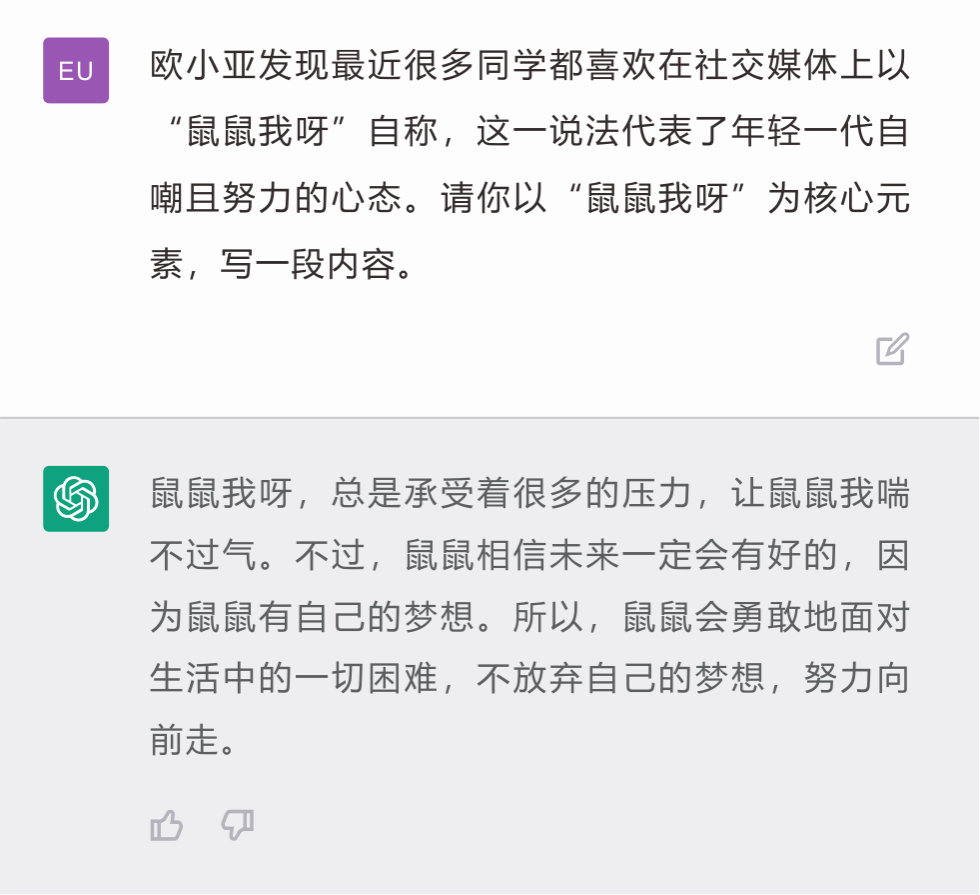
* To further test the intelligence of ChatGPT, this conversation also includes the latest Internet buzzwords.
We believe that everyone who has followed and used ChatGPT can really feel the difference between it and previous generations of AI chat machines. This time, the official WeChat account invited Deans and senior teachers from the different schools to discuss the operation mechanism behind it, the professional challenges that are hotly debated by the public, and the ethics and morality issues triggered by technology, in order to help people understand the relationship between AI and human society in a more rational and diversified way.
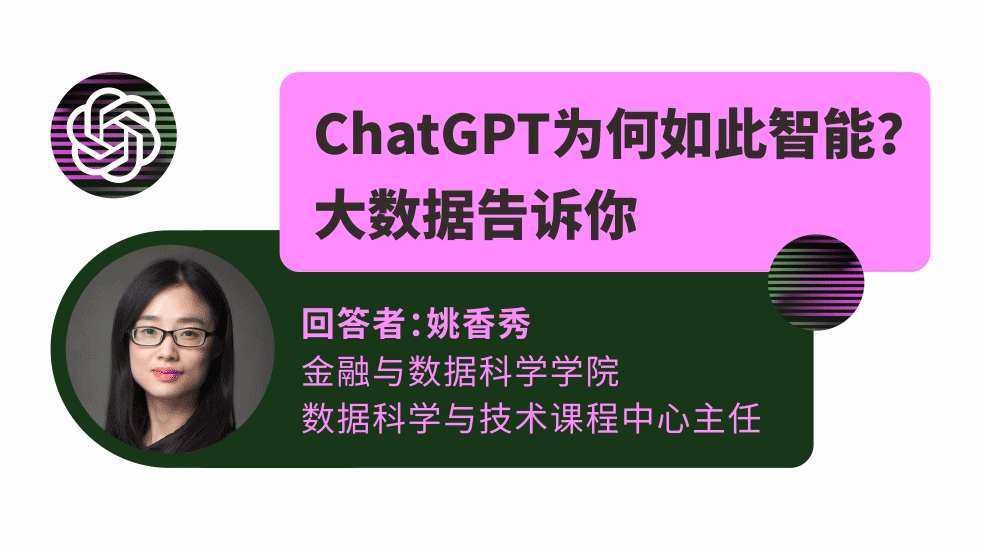
ChatGPT is a conversational AI model developed by OpenAI based on the GPT-3.5 architecture. According to the information released on its official website, I combine the big data expertise and summarize the training process of the model into three phases:
Phase 1: Guidance and supervision. This phase uses the manually labeled Q&A data to fine-tune the GPT-3.5 model in order to obtain the SFT (Supervised Fine-Tuning) model, which removes the shortcomings of GPT 3.5's suboptimal understanding of the intent of the question. This stage is like a teacher guiding young children to learn and build the correct response model for questions.
Phase 2: Reward and feedback. Based on the responses generated in the first phase, multiple responses will be manually scored, with high scores given to high-quality responses. This is the way to train the reward model. This phase is more like a tutor giving different ratings to students based on their performance during the tutoring process.
Phase 3: Learning and optimization. In this phase, reinforcement learning is applied to optimize the reward model, and the SFT model is tuned by reward scoring. Thus, quality responses can be generated. Just like students observing the teacher's evaluation of different students' performance and assignments, they can continuously adjust and optimize their behavior.
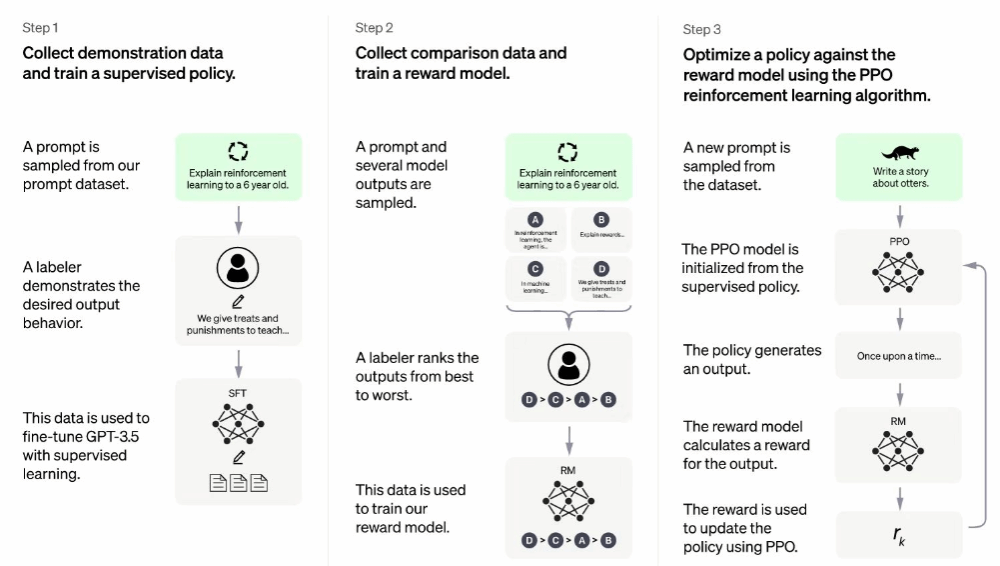
Source: ChatGPT principle published on the official website of OpenAI
Overall, one of the reasons ChatGPT is so powerful is that it breaks the simple data comparison and matching method in the past, and it can complete the process from learning to knowledge storage to optimization and personalized Q&A through big data. It is a superior model of "artificial intelligence + deep learning" based on big data.
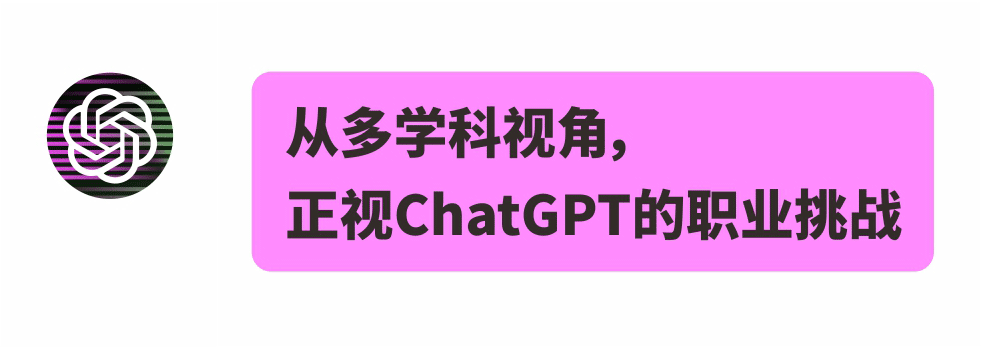
ChatGPT's powerful functions have facilitated our work and life on the one hand, but also caused a strong sense of professional crisis among people on the other. Our official WeChat account site invited three Deans and senior teachers from different schools to discuss the relationship between AI and three professions of media practitioners, programmers, and teachers and their challenges from the perspective of education/practice/academics, which have triggered heated discussions.
As journalists, we know that news production is a complex project, with text being the foundation. Meanwhile, dialectical judgment, unique insight, and ingenuity are required. ChatGPT is essentially an algorithmic content generation tool based on corpus and big data, and as of now, it does not have capabilities beyond text. Media professionals can use it as a tool to empower multi-business scenarios in media and improve the efficiency of media content production, distribution, and communication.
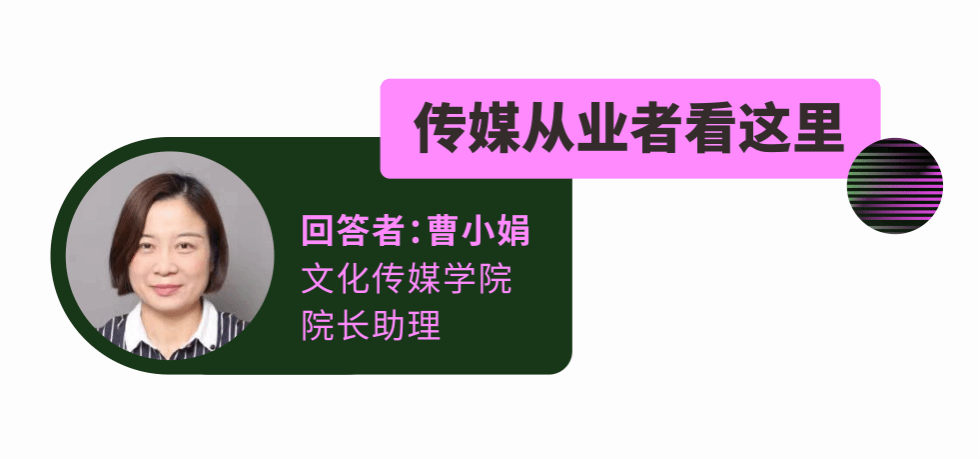
As a teacher, ChatGPT also makes me rethink what kind of talents should be cultivated in journalism and communication education in order to "coexist" with artificial intelligence. The future of journalism and communication education will be humanistic, public education-centered, and international. Technology lacks discernment, so journalism and communication education should emphasize the education of emotional ability, especially the cultivation of humanistic connotations and three-dimensional thinking ability. Meanwhile, the popularity of technology is making media education shift from professional education to public education, and improving public media literacy is an important task of media education. And the explosion of ChatGPT has made the importance of an international perspective clearer, and the importance of exploring the construction of an international journalism and communication education alliance grows with each passing day.
There is an important theory in journalism and communication, that is, Marshall McLuhan's "media are extensions of the human body", which enlightens us that media education should be a kind of discernment based on "insight". In this way, we can frankly embrace technological change and make the most of the "dividends" that technology brings to the media industry.
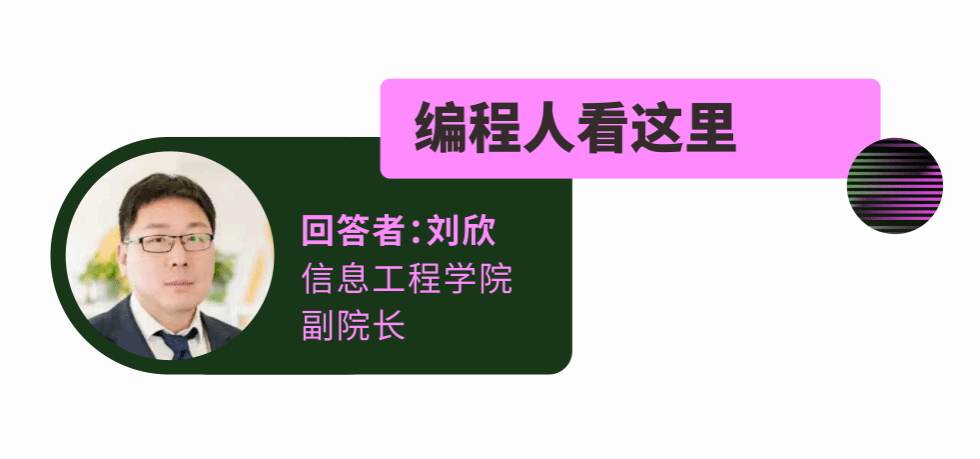
Whether in training software engineering students or in the actual programming work, we can easily find that for software engineers, in addition to the need to have excellent technical skills, "soft skills" are equally important, including communication, teamwork, critical thinking, innovative design thinking, lifelong learning ability, etc. An engineer who only writes code, does not know how to communicate, cannot understand user needs, and cannot empathize with customers is only a "tool person" at best. Therefore, we don't need to see the development of AI as a threat. ChatGPT can provide quick and simple answers to questions, but it is not a substitute for human intelligence and creativity at this time. What we need to do is, firstly, to continuously improve our overall quality to be competent for challenging tasks; secondly, we need to actively embrace technological changes and make better use of it to complete and optimize our work, and make better and developed software.
For teachers, ChatGPT can help them create engaging and interactive lessons, provide personalized feedback to students, and create a more dynamic and personalized learning experience for students. It can also automate tedious tasks such as grading assignments and providing feedback on assignments, which can save teachers time and effort and allow them to focus on teaching and research.
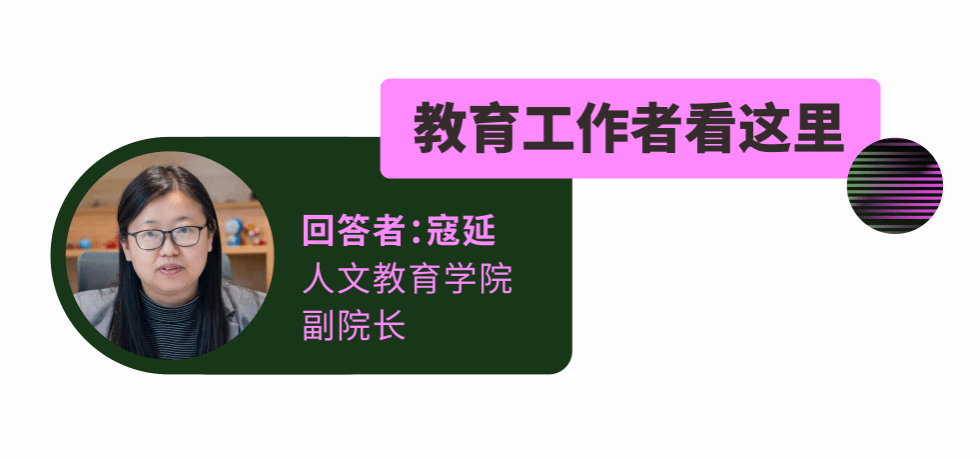
It was once thought that the emergence of online classes would replace offline classes and that teachers would be gradually replaced. However, after the epidemic, many students, parents, and teachers generally believe that the effectiveness of online classes is limited and that offline classes are necessary and essential. Today, a new wave of AI technologies such as ChatGPT is emerging, which brings both challenges and opportunities.
ChatGPT is indeed impacting our educational and academic ethics, but it also makes educators reflect on what the goal of our education is: are we going to cultivate students who can answer questions and get high scores, or cultivate students who can think, solve problems creatively, know how to express themselves, and also be able to empathize and warm others? If our education pursues the only standard answer, that is, to cultivate students into knowledge synthesizers, then ChatGPT will replace traditional teachers and our teaching process. If our education pursues the cultivation of thinking, the enhancement of social-emotional skills, and the shaping of a complete personality, then it needs to take place in a real educational and teaching context with emotional bonds and interactions between teachers and students. This process is highly context-sensitive and cannot be separated from the cooperation between two living subjects, which is impossible for ChatGPT to achieve as a machine/technology. In the future, I believe ChatGPT will serve as a partner in education and teaching, such as assisting us in marking, answering short questions, etc., making education better and more efficient with a harmonious symbiotic relationship between humans and technology.
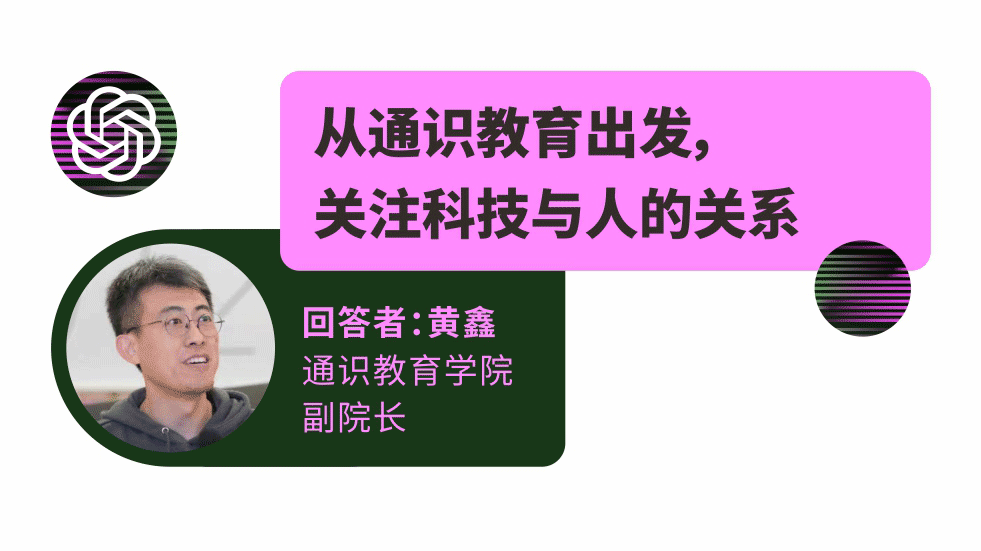
First, we should regard calmly the impact ChatGPT brings to us. In 2012, which the New York Times called the "Year of Mooc," some people predicted that human education would be disrupted. However, this decade has passed, and our education has not been replaced by the Internet. So whether ChatGPT can really disrupt our education is actually a question mark. We should not simply read a few articles and think that the tiger is coming. When Mooc appeared, it was also said that the tiger was coming, but now we still need time to observe.
Second, we need to pay more attention to the understanding of people and the awakening of subjectivity in general education. One particularly critical finding is that education that can replace humans can only happen when artificial intelligence can really imitate the appearance and expression of human beings. Therefore, from this perspective, general education should bring students not only intellectual awareness but also, very often, focus on emotional communication, teamwork, and creative thinking. Because of human-to-human communication, our brain collects information, and a lot of learning emotionally, physically, linguistically, and even by smell, cannot be replaced by the current AI intelligence.
Third, we need to learn to be open and inclusive and frequently make connections with technology. In other words, we in general education now need to pay more attention to what's going on in science and technology. The writing team of the School of General Education will soon launch a public WeChat account "Writing and Expression at Xi’an Eurasia University". The first article released will focus on writing and artificial intelligence. In our opinion, we will embrace this technology actively and reflect on its role in education. For example, can we take the articles written by ChatGPT and compare them to the articles we wrote ourselves to see what the differences are? The comparison can help students to improve their writing and then it becomes a good thing.
At the same time, we have to keep a calm attitude and reflect on technology. Because the technology for good is what humans should pursue. General education should reflect more on what are the values of the human world? What indeed are we looking at? For example, the delay in allowing the use of human cloning technology is due to a reflection on the morality of human beings. ChatGPT will definitely encounter the problem of human morality in the future as well. Therefore, from the perspective of general education, the relentless pursuit of the true goodness and beauty of human beings is what will finally break through the confrontation and pull between professional education and technological development. In the premise of embracing technology, we should learn a lot about human nature, truth, goodness and beauty, and the role of technology in society. Such a general education is a truly meaningful general education.



